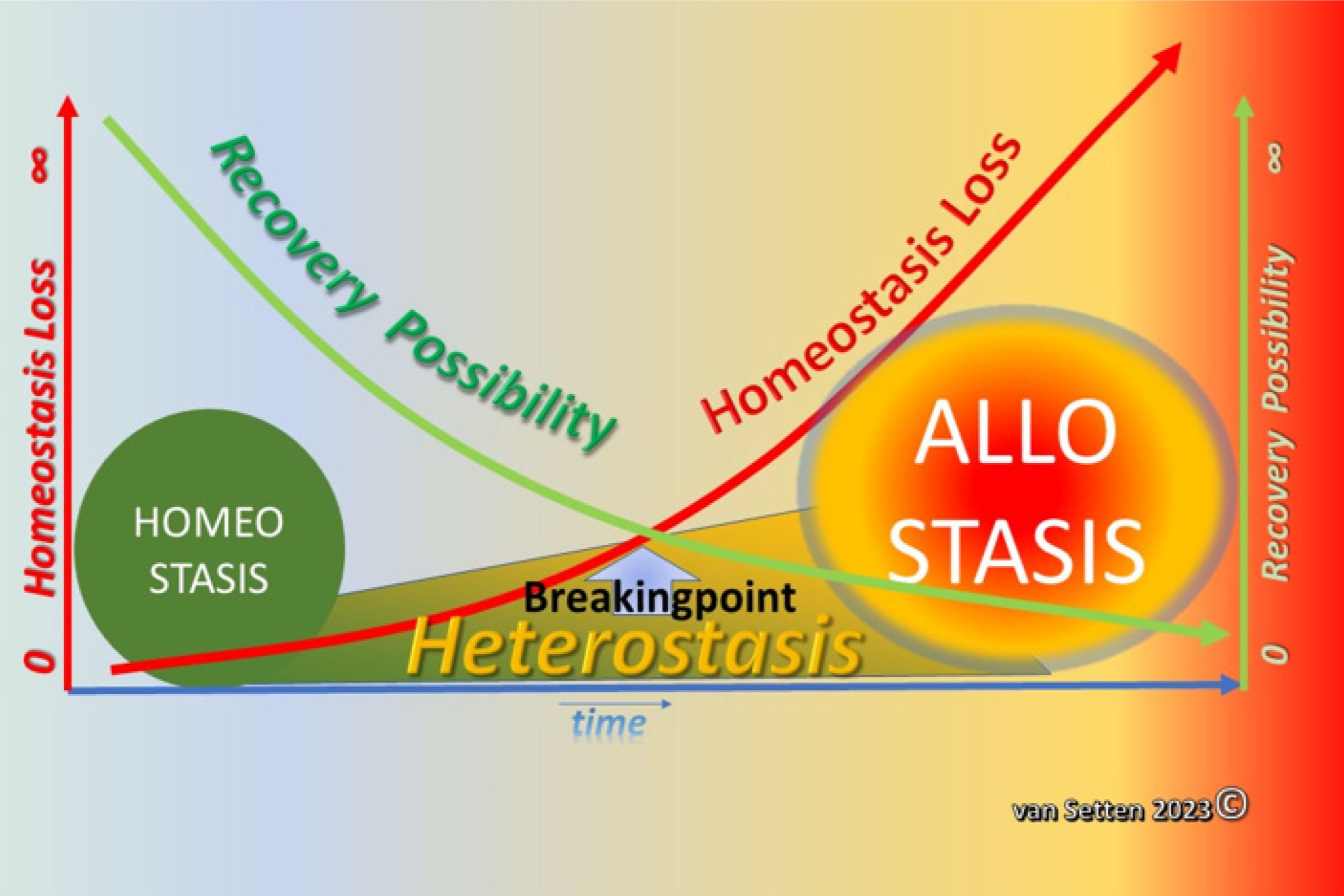
Allostasis is a term that might sound complex, but it’s actually quite fascinating. Allostasis refers to the process by which the body achieves stability through change. Unlike homeostasis, which aims to keep things constant, allostasis allows for adaptation to new situations. Imagine your body as a smart thermostat, adjusting the temperature based on the weather outside. This dynamic process helps us respond to stress, adapt to new environments, and maintain overall health. Understanding allostasis can shed light on how our bodies handle everything from daily stress to major life changes. Ready to learn more? Here are 27 intriguing facts about allostasis that will make you appreciate your body’s incredible adaptability.
What is Allostasis?
Allostasis is a term used to describe the process by which the body achieves stability through change. Unlike homeostasis, which maintains a constant internal environment, allostasis involves the body making adjustments to meet external demands. This concept is crucial for understanding how organisms adapt to stress and maintain health.
- The term "allostasis" was coined by Peter Sterling and Joseph Eyer in 1988.
- Allostasis comes from the Greek words "allo," meaning "variable," and "stasis," meaning "standing still."
- It is a dynamic process that helps the body cope with stressors by adjusting physiological parameters.
- Allostasis involves multiple systems, including the nervous, endocrine, and immune systems.
- It is essential for survival, allowing organisms to adapt to changing environments.
How Allostasis Differs from Homeostasis
While both allostasis and homeostasis are vital for maintaining balance in the body, they operate differently. Homeostasis aims to keep internal conditions constant, whereas allostasis allows for variability to meet external demands.
- Homeostasis focuses on maintaining a stable internal environment, like body temperature and pH levels.
- Allostasis, on the other hand, adjusts these parameters to cope with external stressors.
- Homeostasis is more about "staying the same," while allostasis is about "changing to stay the same."
- Allostasis can involve short-term changes, like increased heart rate during exercise.
- Long-term allostatic adjustments can lead to wear and tear on the body, known as allostatic load.
The Role of Stress in Allostasis
Stress plays a significant role in triggering allostatic responses. When the body perceives a threat, it activates various systems to adapt and cope.
- The hypothalamus-pituitary-adrenal (HPA) axis is crucial for the stress response.
- Cortisol, a stress hormone, is released to help the body manage stress.
- Chronic stress can lead to an overactive allostatic response, causing health issues.
- Acute stress triggers immediate allostatic adjustments, like increased heart rate and blood pressure.
- Effective stress management can help maintain a healthy allostatic balance.
Allostatic Load and Its Impact on Health
Allostatic load refers to the cumulative wear and tear on the body due to chronic stress and repeated allostatic responses. This can have significant health implications.
- High allostatic load is linked to various health problems, including cardiovascular disease and diabetes.
- It can also affect mental health, contributing to conditions like depression and anxiety.
- Measuring allostatic load involves assessing biomarkers like cortisol levels and blood pressure.
- Lifestyle factors, such as poor diet and lack of exercise, can increase allostatic load.
- Reducing allostatic load involves stress management techniques, healthy eating, and regular physical activity.
The Importance of Allostasis in Adaptation
Allostasis is crucial for adaptation, allowing organisms to survive and thrive in changing environments. It enables the body to respond to new challenges and maintain overall health.
- Allostasis helps animals adapt to seasonal changes, like hibernation in bears.
- It allows humans to cope with various life stages, from puberty to aging.
- Allostatic mechanisms are involved in learning and memory, helping the brain adapt to new information.
- Social interactions can influence allostatic responses, affecting overall well-being.
- Technological advancements, like biofeedback, can help monitor and manage allostatic responses.
Future Research and Applications
Understanding allostasis has significant implications for medicine, psychology, and public health. Ongoing research continues to uncover new insights into this complex process.
- Researchers are exploring the genetic basis of allostatic responses.
- Advances in wearable technology are making it easier to monitor allostatic load in real-time.
The Bigger Picture
Allostasis is more than just a fancy term. It’s a crucial part of how our bodies keep balance. By understanding allostasis, we get a clearer picture of how stress, lifestyle, and even our emotions affect health. This knowledge can help us make better choices, from managing stress to improving overall well-being.
Remember, our bodies are constantly working to maintain stability. Recognizing the signs of allostatic load can be a game-changer. It’s about listening to our bodies and taking steps to support them. Whether it’s through better sleep, healthier eating, or regular exercise, small changes can make a big difference.
So, next time you feel stressed or out of balance, think about allostasis. It’s your body’s way of keeping everything in check. Embrace it, support it, and you’ll be on your way to a healthier, more balanced life.
Was this page helpful?
Our commitment to delivering trustworthy and engaging content is at the heart of what we do. Each fact on our site is contributed by real users like you, bringing a wealth of diverse insights and information. To ensure the highest standards of accuracy and reliability, our dedicated editors meticulously review each submission. This process guarantees that the facts we share are not only fascinating but also credible. Trust in our commitment to quality and authenticity as you explore and learn with us.
